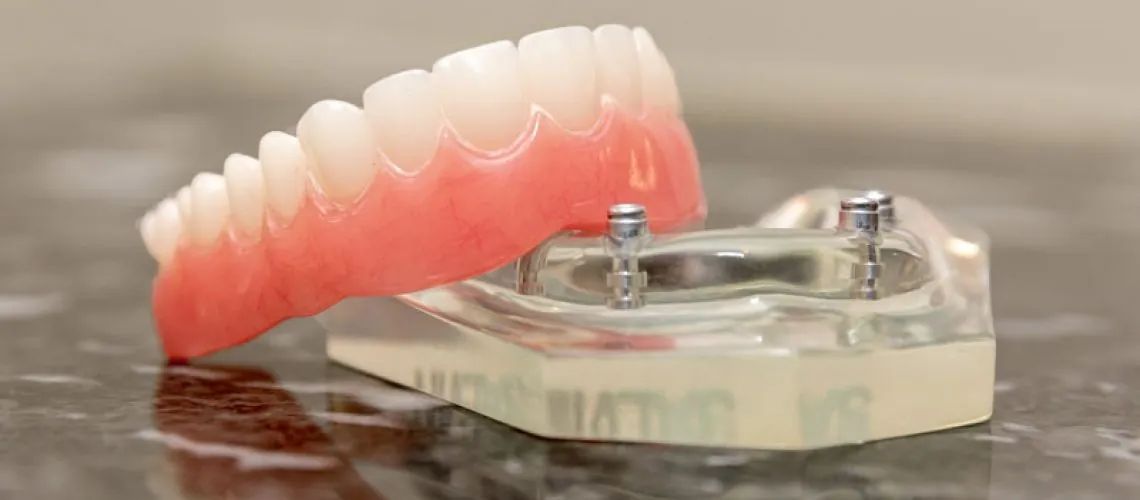Periodontal disease, commonly known as gum disease, is a prevalent oral health issue that affects a significant portion of the global population. It ranges from mild gum inflammation (gingivitis) to severe damage to the soft tissue and bone that support the teeth (periodontitis). Effective treatment is crucial to prevent tooth loss and maintain overall oral health.
Understanding Periodontal Disease
Before delving into treatment options, it’s essential to understand the causes and progression of periodontal disease. Poor oral hygiene, plaque buildup, genetics, smoking, hormonal changes, certain medications, and systemic diseases like diabetes can contribute to its development. Gingivitis, the initial stage, is reversible with proper oral care. However, if left untreated, it can progress to periodontitis, which requires more intensive treatment.
The 2 Best Treatments for Periodontal Disease
1. Non-Surgical Treatment Options
Scaling and Root Planing (SRP): This is the cornerstone of non-surgical periodontal therapy. It involves removing plaque and tartar (calculus) from above and below the gumline and smoothing out rough spots on the tooth roots to prevent bacterial buildup.
Antibiotics: Adjunctive use of antibiotics, either oral or topical, can help control bacterial infection in periodontal pockets.
They may be prescribed alone or in conjunction with SRP.
Lifestyle Changes: Improving oral hygiene habits, quitting smoking, and managing underlying health conditions like diabetes can significantly improve treatment outcomes.
see also: What Are The Four Signs of Periodontal Disease
2. Surgical Treatment Options
Flap Surgery (Pocket Reduction Surgery): For more advanced cases of periodontitis, flap surgery may be necessary. This procedure involves lifting the gums back to remove tartar deposits and reduce the depth of periodontal pockets. It allows better access for cleaning and helps to prevent tooth loss.
Bone and Tissue Grafts: In cases where bone loss has occurred, regenerative procedures such as bone grafts, guided tissue regeneration (GTR), or tissue grafts may be performed to regenerate lost bone and tissue support around the teeth.
Gum Grafting: This procedure involves taking gum tissue from another area of the mouth (or using donor tissue) to cover exposed tooth roots and improve the appearance of the gumline.
Maintenance and Follow-Up: After treatment, ongoing maintenance is crucial to prevent recurrence of periodontal disease. This typically includes regular dental visits for professional cleanings and exams, diligent oral hygiene practices at home (including brushing, flossing, and possibly using antimicrobial mouth rinses), and monitoring of any systemic conditions that may impact oral health.
Emerging Trends and Research: Recent advancements in periodontal treatment include laser therapy for bacterial reduction, probiotics to restore beneficial oral bacteria, and personalized treatment approaches based on genetic and microbial testing. These innovations aim to enhance treatment efficacy and long-term outcomes for patients with periodontal disease.
Conclusion
Choosing the best treatment for periodontal disease depends on the severity of the condition, patient-specific factors, and professional assessment by a dental specialist. Early detection and intervention are key to preventing irreversible damage and maintaining optimal oral health. By combining effective treatment modalities with proactive oral care habits, individuals can significantly improve their chances of preserving their natural teeth and enjoying a healthy smile for years to come.
In summary, periodontal disease treatment is multifaceted, ranging from non-surgical interventions like scaling and root planing to surgical procedures such as flap surgery and tissue grafts. Personalized treatment plans tailored to the patient’s needs and ongoing maintenance are essential for successful outcomes in managing this common oral health concern.
FAQs
What are the new treatments for periodontal disease?
Advancements in treating periodontal disease are continually evolving. One of the promising approaches involves targeted antibiotic therapy directly applied to the affected gums. This method helps combat bacterial infection more effectively while minimizing systemic side effects.
Another emerging treatment is laser therapy, where lasers are used to remove infected tissue and bacteria from deep within the gums. This approach promotes quicker healing and reduced inflammation compared to traditional methods.
Furthermore, regenerative techniques utilizing growth factors and specialized proteins aim to stimulate the body’s natural ability to regenerate bone and gum tissue damaged by periodontal disease.
Can you control periodontal disease?
Controlling periodontal disease involves a combination of professional treatments and diligent home care. Regular visits to the dentist or periodontist for professional cleanings and evaluations are crucial. These appointments allow for the monitoring of disease progression and the implementation of necessary interventions.
At home, meticulous oral hygiene practices are essential. This includes brushing teeth twice a day with a fluoride toothpaste and flossing daily to remove plaque buildup from between teeth and along the gumline. Using antimicrobial mouth rinses can also help reduce bacteria that contribute to periodontal disease.
For smokers, quitting smoking is highly recommended, as smoking is a significant risk factor for periodontal disease and can hinder treatment effectiveness.
What is the best routine for periodontal disease?
The most effective routine for managing periodontal disease involves a comprehensive approach:
Regular Dental Visits: Schedule regular check-ups and cleanings with a dentist or periodontist as recommended, typically every 3 to 6 months.
Daily Oral Hygiene: Brush teeth at least twice daily using a soft-bristled toothbrush and fluoride toothpaste. Floss or use interdental brushes daily to clean between teeth and under the gumline.
Healthy Diet: Eat a balanced diet rich in fruits and vegetables and low in sugary foods and beverages. Nutrients like vitamin C and calcium are particularly beneficial for gum health.
Avoid Risk Factors: Quit smoking or using tobacco products. Manage conditions like diabetes and heart disease effectively, as these can exacerbate periodontal disease.
Monitor Symptoms: Be aware of signs of periodontal disease such as swollen or bleeding gums, persistent bad breath, and gum recession. Early detection can prevent progression to more severe stages.

